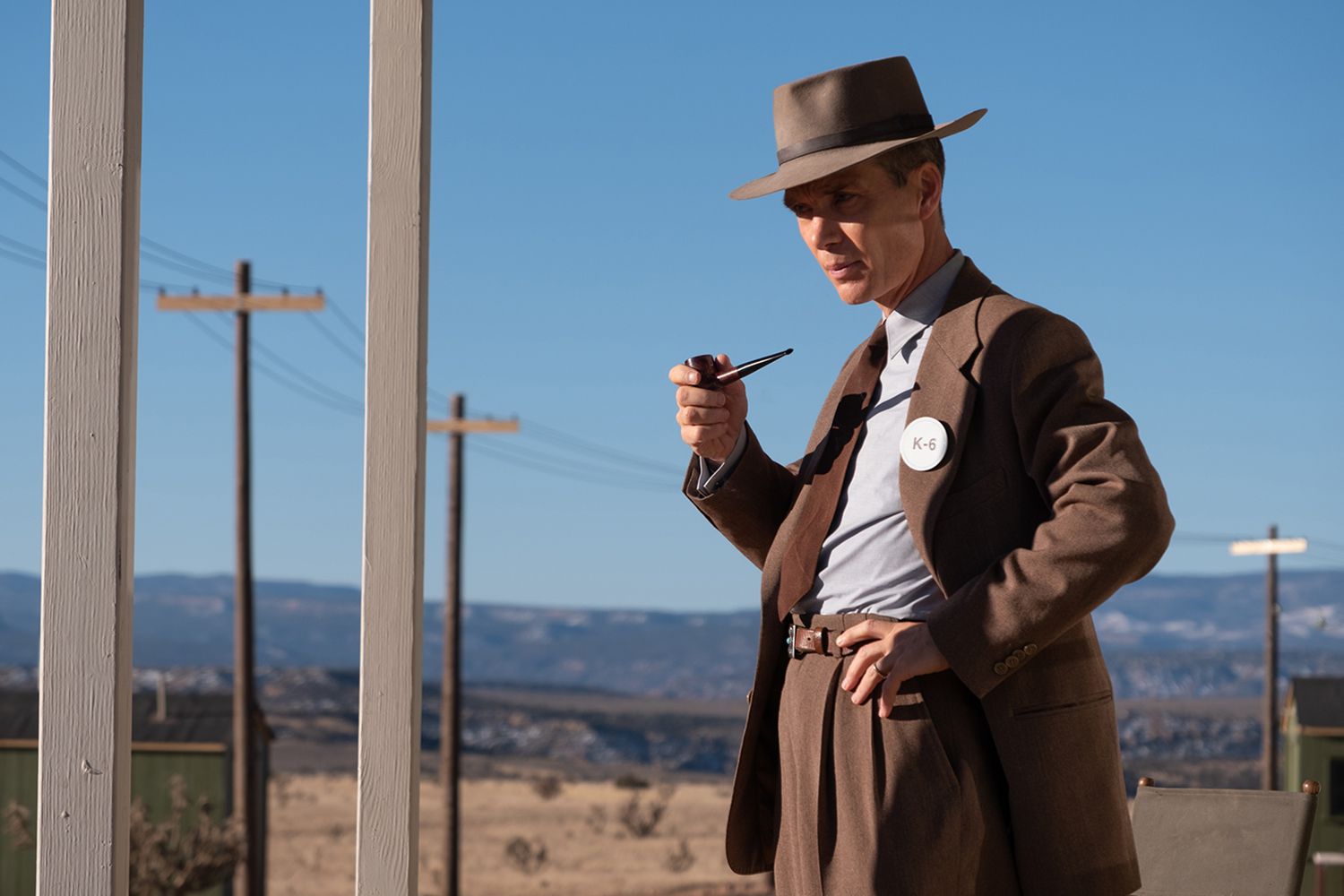
“A de facto army operating independently from government control, they played a decisive role in post-war Germany.”
THE Freikorps or “free corps,” were paramilitary groups that arose in Germany in the turbulent years immediately following World War I.
Comprised mainly of former soldiers, the units played a key role in shaping post-war Germany and had a lasting impact on the country’s political landscape.
The Freikorps were known for their fierce anti-communism, violent tactics, and involvement in suppressing uprisings across Germany. They occupied a unique space between the military and civilian society, influencing everything from politics to the formation of future military units.
Exploring the Freikorps offers a glimpse into a critical transitional period in Germany’s history and helps explain the volatile conditions that eventually led to the rise of the Nazi regime.
Here are eleven fascinating facts about the Freikorps that highlight their complexity and lasting legacy.

A Concept Born in the 18th Century
The Freikorps concept actually dates back to the 18th century in Germany. Originally, Freikorps units were volunteer military groups established to fight in various conflicts, including the War of Austrian Succession and the Seven Years’ War. Created as a way to bolster formal armies with flexible, irregular troops, these early Freikorps earned a reputation for rugged independence and unconventional tactics. This historical foundation of freelance military forces laid the groundwork for the revival of the Freikorps after World War I.

Warriors Without a War
After the defeat of Germany in World War I, thousands of soldiers returned home to a country in chaos. In the absence of a strong central military, the Freikorps emerged to fill a power vacuum while providing a place for disillusioned veterans seeking a purpose and steady pay in a turbulent time.

Numbers That Shock
At their peak, the Freikorps numbered between 200,000 and 400,000 members. This was no small contingent; they essentially represented a de facto army operating independently from government control, leading them to play a decisive role in post-war Germany.

A New Kind of Soldier
Unlike formal armies, the Freikorps consisted of volunteer units that mixed military discipline with political radicalism. Many members were drawn from nationalist and right-wing circles, forming a loosely organized and often fiercely ideological force. The Freikorps were instrumental in suppressing socialist and communist uprisings across Germany, particularly during the 1919 Spartacist Uprising in Berlin, in which they violently cracked down on workers’ demonstrations and executed left-wing leaders, including Rosa Luxemburg and Karl Liebknecht. Although the Weimar government technically disapproved of extrajudicial military actions, they covertly supported the Freikorps to counter left-wing threats. This uneasy alliance allowed the Freikorps to act with a relative free hand, blurring lines between state-sanctioned and rogue violence.

Influence on Future Leaders
Some prominent members of the Freikorps went on to play significant roles in the Nazi Party. Figures like Heinrich Himmler and Ernst Röhm, who later led the Nazi Sturmabteilung (SA or Stormtroopers), cut their teeth in the Freikorps, finding there a shared ethos of ultra-nationalism and anti-communism.

Borderland Battalions
In addition to internal police and security, the Freikorps were deployed to Germany’s borders, especially in the Baltic regions. There, they fought against Polish and Bolshevik forces, while attempting to reassert German influence. Some units, like the Iron Division, were notorious for their brutality and ambitions beyond German borders.

The Kapp Putsch: Freikorps in Revolt
In 1920, the Freikorps themselves turned against the Weimar Republic in the Kapp Putsch. Led by Wolfgang Kapp and supported by Freikorps units, this coup attempt sought to overthrow the government. Though it failed within days due to a nationwide strike, it exposed the instability within the Republic and the Freikorps‘ loyalty to their nationalist ideals over democratic governance.

Decline and Dissolution
By the early 1920s, the Weimar Republic began to rein in the Freikorps, recognizing the threat they posed. Under the Treaty of Versailles, Germany’s military force was sharply limited, and paramilitary groups like the Freikorps were gradually dissolved. However, many members went underground or joined other right-wing groups.
The Freikorps left a profound legacy in German society, establishing a precedent for the use of paramilitary violence and creating a culture of radical nationalism. Their brutal tactics, militaristic values, and strong-arm tactics influenced later Nazi paramilitary groups, particularly the SA. The Freikorps‘ experience of combatting “enemies within” laid groundwork for Nazi ideology and tactics.









